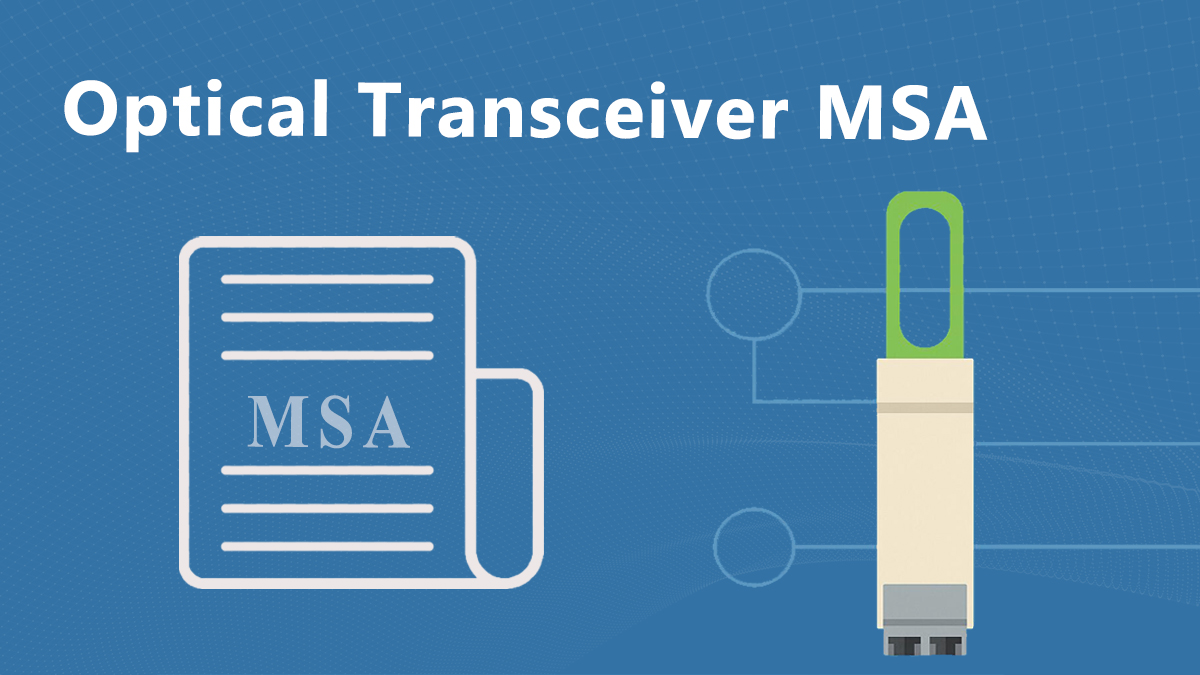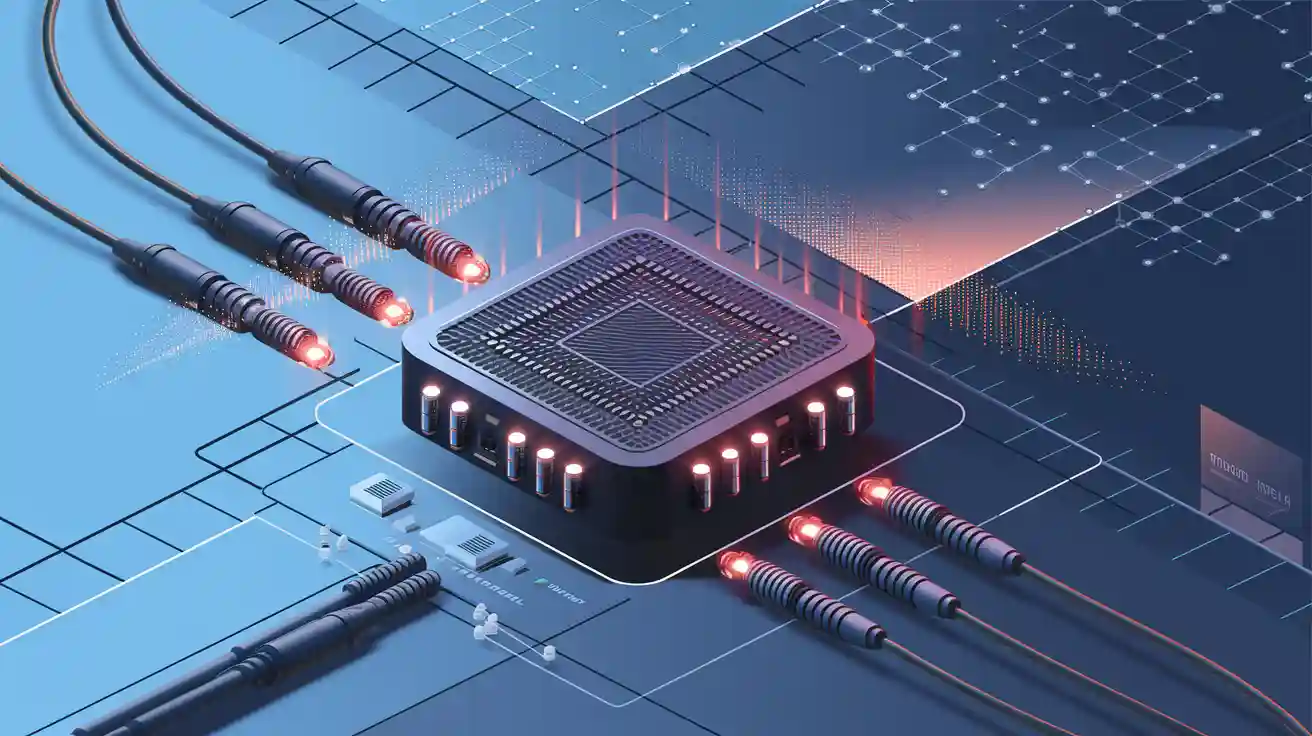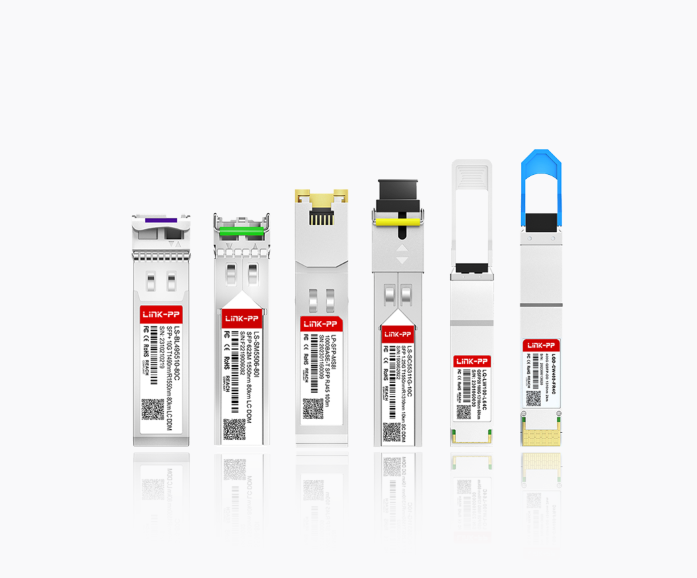
When you think about optical transceivers, compatibility between devices from different manufacturers might seem like a challenge. This necessity led to the establishment of Multi-Source Agreement (MSA), collaborative efforts that have significantly influenced the design and deployment of optical transceivers.
What is Multi-Source Agreement?
MSA (Multi-Source Agreement) is an industry-driven standardization framework that defines the mechanical, electrical, and optical specifications of optical transceiver modules. Unlike formal standards organizations (e.g., IEEE, ITU), MSAs are consortiums of manufacturers collaborating to ensure interoperability and interchangeability of optical modules across different vendors.
Origins of MSA
Developed in the late 1990s to address compatibility issues in fiber optic communications.
Initially focused on GBIC (Gigabit Interface Converter) before evolving into SFP, QSFP, and beyond.
Key organizations involved: SFF (Small Form Factor) Committee, which expanded MSA into INF-8074i (SFP MSA) and SFF-8472 (Digital Diagnostics Monitoring, DDM)

Types of Optical Module MSA
Name | Description | Application |
|---|---|---|
GBIC | Gigabit Interface Converter | Designed for Gigabit Ethernet, SDH/SONET (2.5Gb/s) and optical transmission (4Gb/s); replaced by SFP |
SFP | Small Form-Factor Pluggable | Designed for Gigabit Ethernet, SDH/SONET (2.5Gb/s) and optical transmission (4Gb/s) |
XENPAK | 10GbE Optical Module | Replaced by X2 and SFP+ |
X2 | 10GbE Optical Module | Replaced by SFP+ |
XFP | 10Gb Small Form-Factor Pluggable | Designed for 10G; supports 8Gb/s fiber channels, 10GbE and optical transport networks |
CSFP | Compact Small Form-Factor Pluggable | SFP form factor; supports 1.25Gb/s for PON/ADH/SDH/optical transmission |
SFP+ | Small Form-Factor Pluggable Plus | Designed for 10Gb/s; supports 8Gb/s fiber channels, 10GbE, and OTU2 optical transport networks |
QSFP/QSFP+ | Quad Small Form-Factor Pluggable 40G | Supports 40Gb/s and 100Gb/s Ethernet, fiber channels, InfiniBand, and SDH/SONET standards |
CDFP | 400G Pluggable Module | Supports 400Gb/s (16×25Gb/s) |
Micro QSFP | Micro Quad Small Form-Factor Pluggable | Designed for 100G network port applications; expected use in 200G systems |
CFP | C Form-Factor Pluggable (100G) | Supports 40G/100Gb/s receiving modules; similar in size to CFP; used in 10G, 40G, 100G, and 400G CFP2 and CFP4 modules, also available in CFP8 (for 400G) |
SFP28 | Small Form-Factor Pluggable 28 | Third-generation SFP interface; designed for 25G applications |
QSFP28 | Quad Small Form-Factor Pluggable 28 | Dedicated for 100G design |
QSFP-DD | Quad Small Form-Factor Pluggable Double Density | Supports 400Gb/s (8×50Gb/s) |
OSFP | Octal Small Form-Factor Pluggable | Supports 400Gb/s (8×50Gb/s) |
Key Functions of MSA Agreements
Interoperability – Ensures modules from different vendors work in the same host systems (e.g., Cisco switches accepting third-party optics).
Standardization – Defines:
Mechanical dimensions (e.g., SFP+ size)
Electrical interfaces (voltage, signal integrity)
Optical parameters (wavelength, transmission distance).
Cost Reduction – Promotes competition, preventing vendor lock-in and lowering prices.
LINK-PP Optical Transceivers: Fully MSA-Compliant Solutions
LINK-PP offers a wide range of MSA-compliant optical transceivers, ensuring seamless integration with major networking equipment.
Why Choose LINK-PP MSA Modules?
✅ Guaranteed Compatibility – Works with Cisco, Juniper, Arista, and more.
✅ DOM (Digital Diagnostics Monitoring) – Real-time performance tracking.
✅ Multi-Rate Support – From 1G SFP to 400G QSFP-DD.
✅ RoHS & MSA Certified – Meets global environmental and interoperability standards.
FAQ
What is the main purpose of Multi-Source Agreements (MSAs)?
MSAs ensure compatibility between optical transceivers from different manufacturers. They define design and performance standards, allowing you to mix and match components without worrying about interoperability issues. This simplifies network upgrades and fosters innovation across the industry.
How do MSAs differ from official standards like IEEE?
MSAs are industry-driven and adapt quickly to technological changes. Official standards, like IEEE, take longer to develop and focus on broader regulations. MSAs prioritize practical aspects, such as mechanical and electrical interfaces, ensuring faster implementation and flexibility for manufacturers.
Why are MSAs important for reducing costs?
Standardization through MSAs allows manufacturers to produce transceivers at scale, lowering production costs. You benefit from competitive pricing and avoid vendor lock-in, giving you more options for affordable, high-quality networking solutions.
Which industries benefit most from MSA-compliant transceivers?
Data centers, telecommunications, and enterprise networks rely heavily on MSA-compliant transceivers. They provide reliable, scalable solutions for high-speed data transmission, ensuring seamless integration and future-proofing for evolving network demands.
See Also
The Importance of Digital Monitoring in Optical Transceivers
Exploring TOSA in Optical Modules and Its Significance




